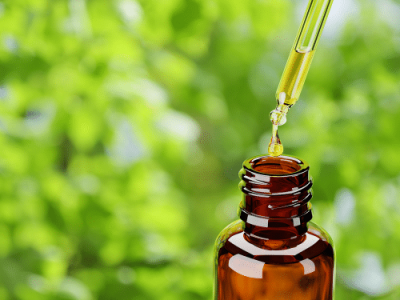After you’ve booked an appointment with Earworx, you may be asked to use a softening agent to loosen up your impacted ear wax prior to your session. The use of ear wax removal drops can help your Earworx clinician to more effectively remove your unwanted wax and prevent you from having to return for another session.
We suggest the use of softening drops to help break down your built up wax. They are often used in combination with other wax removal techniques, such as micro suction and curettage. They are either water based, oil based, or non-oil, non-water based.

What Are Ear Wax Softening Drops?
Each brand of softening drops has its own unique formula, which works in slightly different ways:
- Water, and water based agents (such as sodium bicarb drops or Waxsol) have a softening effect by drawing water into the wax and breaking the wax apart
- Oil based preparations (such as olive oil) lubricate and soften the wax without breaking it apart
- Non-oil, non-water based preparations (such as Ear Clear) soften and loosen the wax
Regardless of the type of ear drop you use, it is crucial that you dispense them correctly. Always follow the instructions on the bottle and discontinue use if irritation occurs.
Examples of how you shouldn’t handle ear drops include:
- Don’t use a cracked, chipped, or dirty dropper
- A dropper that has touched your fingers, ear or any other surface may pick up unwanted bacteria – this may contaminate the bottle
- Do not use beyond the labelled expiry date
- Do not share your ear drops with anyone else. Sharing may result in the spread of germs and infection
It is also wise to check with a health professional whether softening drops should actually be used. You may have a condition which makes the use of softening drops unsafe (such as a hole in the eardrum or an ear infection).
Why Earworx Recommends Ear Wax Softening Drops
There are a number of reasons why Earworx recommends ear wax softening drops:
- Softening drops used prior to manual removal usually assist in a quicker and more gentle removal of wax.
- Softening drops may lead to a ‘gap’ being created in the wax, which may provide some temporary relief with respect to the blockage (and help you regain some hearing) prior to manual removal.
- On occasion, softening drops may lead to a complete resolution of impacted wax. This is more likely when the volume of wax is minimal. Always ensure to have your ear checked by a professional afterwards to ensure no wax has remained in the ear canal.
- To allow for maximum effect, Earworx recommends you lay down completely on one side during administration (as opposed to just tilting your head to the side) to ensure adequate penetration of the drops into the wax.
For at-home softening, Earworx recommends chemist grade olive oil, but if you are making a special trip to the chemist, Ear Clear is our product of choice.
What is the Alternative to Ear Clear Drops?
Your ears are incredibly fragile, and you need to be careful when removing wax. All at-home methods carry some risk, so if you want a safe, effective treatment performed by a qualified and trained professional, you need to contact Earworx and make a booking today.
Earworx uses dry and effective micro-suction technology to gently remove excess ear wax. The entire process is supervised by a Registered Nurse who has completed the Earworx Aural Care Course and an Accredited Qualification in Micro-Suction and Aural Hygiene. You can rest easy in the knowledge that you have the best in the business looking after your ears.
More Information
Click here to view or download the Earworx brochure
Please contact your nearest Earworx clinic and our Registered Nurses will answer any questions that you may have.
